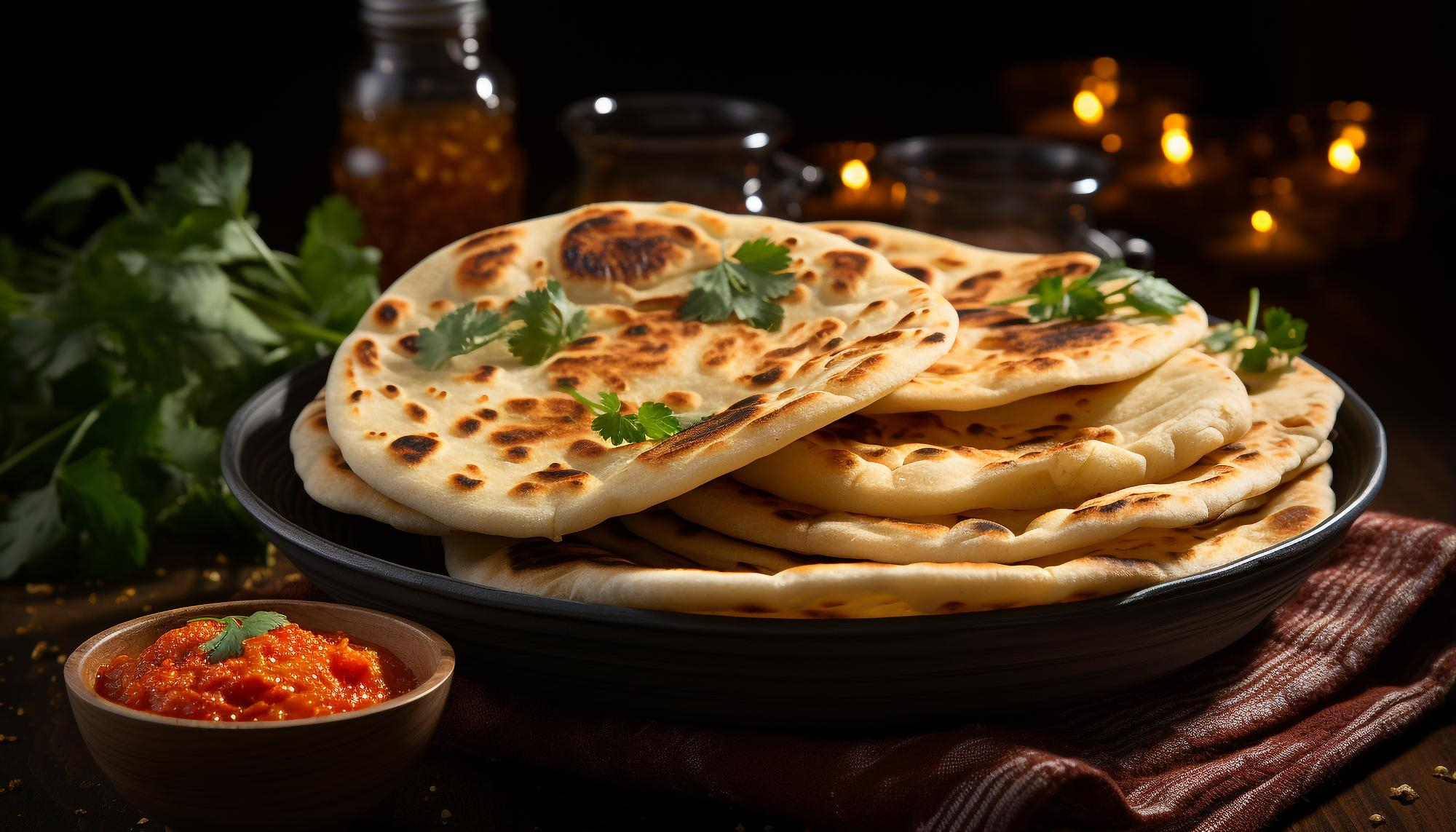
The Art of Flaky Perfection: How to Make Paratha at Home – A Step-by-Step Guide
Introduction:
Embark on a culinary journey as we delve into the delightful world of homemade parathas. These flaky, golden delights, a staple in many households, are not just a meal but a tradition passed down through generations. In this comprehensive guide, we’ll unravel the secrets to making the perfect paratha at home, ensuring each bite is a testament to your culinary prowess.
Unraveling the Essence of Homemade Paratha:
Parathas, with their crispy layers and soft interiors, hold a special place in the hearts of food enthusiasts. Originating from the Indian subcontinent, parathas have become a global favorite due to their versatility and ability to complement various dishes. Whether served with a dollop of yogurt, a side of pickles, or paired with curries, the magic of parathas lies in their ability to elevate any meal. Making parathas at home is not just a cooking activity; it’s a celebration of flavors, textures, and the joy of creating a wholesome meal from scratch.
Ingredients for Culinary Excellence:
To embark on the journey of making parathas at home, gather the following basic ingredients:
- 2 cups whole wheat flour (atta)
- Water for kneading
- Salt to taste
- Ghee or oil for cooking
Crafting the Perfect Paratha:
Step 1: Preparing the Dough
- In a mixing bowl, combine the whole wheat flour and a pinch of salt.
- Gradually add water and knead the mixture into a smooth, soft dough.
- Cover the dough and let it rest for at least 15-20 minutes.
Step 2: Dividing and Rolling the Dough
- Divide the rested dough into lemon-sized balls.
- Roll each ball into a smooth, round disc using a rolling pin and a dusting of flour.
Step 3: Creating the Flaky Layers
- Brush the rolled disc with ghee or oil.
- Fold the disc in half to form a semi-circle and brush with ghee again.
- Fold the semi-circle to create a triangle, ensuring the layers are brushed with ghee.
Step 4: Rolling the Triangular Paratha
- Roll the triangular dough into a thin paratha, taking care not to tear the layers.
- Repeat the process for each dough ball.
Step 5: Cooking the Parathas
- Heat a tawa or skillet over medium heat.
- Place a rolled paratha on the hot surface and cook until bubbles appear.
- Flip the paratha, applying ghee or oil on both sides until golden brown.
Step 6: Serving Fresh and Hot
- Serve the parathas hot off the skillet.
- Pair with your favorite side dishes, chutneys, or curries.
Tips for Perfection:
- Dough Consistency:
- Achieve the perfect paratha texture by ensuring the dough is soft and pliable.
- Layering Technique:
- Brushing each layer with ghee or oil creates the flaky, crispy texture parathas are known for.
- Even Rolling:
- Roll the parathas evenly to maintain consistency in thickness and achieve uniform cooking.
- Cooking Temperature:
- Maintain a medium heat on the skillet to cook the parathas thoroughly without burning.
- Flipping Technique:
- Flip the parathas at the right moment, ensuring both sides are golden brown and cooked to perfection.
Serving Suggestions and Variations:
Parathas are incredibly versatile and can be served with a variety of accompaniments. Enjoy them with a side of raita, pickles, or a generous dollop of butter for a classic experience. Experiment with different fillings such as spiced potatoes, paneer, or minced meat to create stuffed parathas. For a sweet twist, sprinkle sugar or drizzle honey on a freshly cooked paratha. The options are endless, allowing you to tailor this traditional dish to suit your palate and preferences.
SEO Optimization Tips for Your Blog:
- Keyword Placement:
- Strategically include the keyword “How to Make Paratha at Home” in headings, subheadings, and the meta description for improved search engine visibility.
- Engaging Introduction:
- Craft an engaging introduction that incorporates the keyword, setting the stage for a compelling narrative.
- Step-by-Step Format:
- Organize the recipe in a clear step-by-step format with headings, making it easy for readers to follow and search engines to index.
- High-Quality Images:
- Include high-quality images of each step, optimizing them with descriptive alt text that includes the keyword.
By seamlessly integrating these tips into your blog, you’ll not only share a mouthwatering paratha recipe but also enhance your blog’s visibility and engagement. Happy blogging!

hello there and thank you for your info – I’ve
certainly picked up something new from right here. I did
however expertise some technical points using this web
site, since I experienced to reload the website many times previous to
I could get it to load properly. I had been wondering if your
web host is OK? Not that I am complaining, but sluggish loading instances
times will very frequently affect your placement in google and could damage your quality
score if advertising and marketing with Adwords.
Well I’m adding this RSS to my e-mail and could look out for a lot more of your
respective interesting content. Ensure that you update this again soon..
Escape room